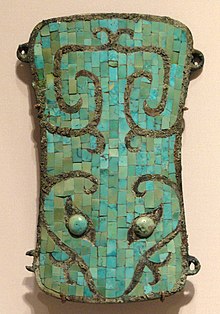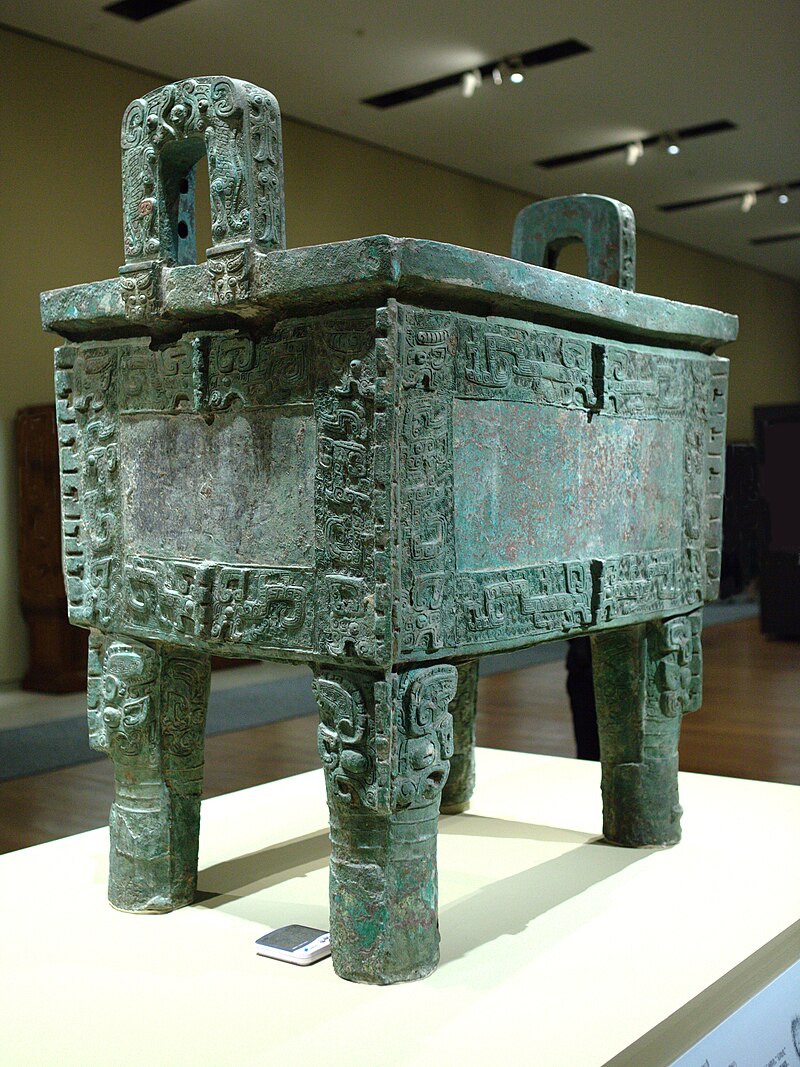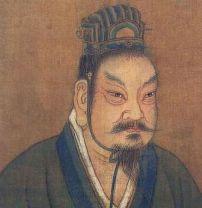Tidak ada postingan.
Tidak ada postingan.
The omitted Chinese story
The history of China is one of the oldest and most fascinating in the world, spanning thousands of years. Ancient China, marked by the rise of dynasties such as the Xia, Shang, and Zhou, laid the foundations for Chinese civilization with advances in writing, philosophy, and governance. As China transitioned into the Imperial era, powerful dynasties like the Qin and Han unified vast territories and solidified the imperial structure, leaving legacies like the Great Wall and the Silk Road. The rise and fall of later dynasties, including the Tang, Song, Yuan, Ming, and Qing, shaped China’s political and cultural landscape. In modern times, China underwent significant transformations, from the fall of the last dynasty in 1911 to its emergence as a global power in the 20th and 21st centuries, navigating revolutions, wars, and economic reforms that continue to influence the world today.

Chinese historians in later periods were accustomed to the notion of one dynasty succeeding another, but the political situation in early China was much more complicated. Hence, as some scholars of China suggest, the Xia and the Shang can refer to political entities that existed concurrently, just as the early Zhou existed at the same time as the Shang. This bears similarities to how China, both contemporaneously and later, has been divided into states that were not one region, legally or culturally.
The earliest period once considered historical was the legendary era of the sage-emperors Yao, Shun, and Yu. Traditionally, the abdication system was prominent in this period, with Yao yielding his throne to Shun, who abdicated to Yu, who founded the Xia dynasty.
The Xia dynasty (c. 2070 – c. 1600 BC) is the earliest of the three dynasties described in much later traditional historiography, which includes the Bamboo Annals and Sima Qian's Shiji (c. 91 BC). The Xia is generally considered mythical by Western scholars, but in China, it is usually associated with the early Bronze Age site at Erlitou (1900–1500 BC) in Henan, which was excavated in 1959. Since no writing was found at Erlitou or any other contemporaneous site, there is not enough evidence to prove whether the Xia dynasty ever existed. Some archaeologists claim that the Erlitou site was the capital of the Xia. In any case, the site of Erlitou had a level of political organization that would not be incompatible with the legends of Xia recorded in later texts. More importantly, the Erlitou site has the earliest evidence of an elite who conducted rituals using cast bronze vessels, which would later be adopted by the Shang and Zhou.

Both archaeological evidence like oracle bones and bronzes, as well as transmitted texts attest the historical existence of the Shang dynasty. Findings from the earlier Shang period come from excavations at Erligang. Findings have been found at Yinxu, the site of the final Shang capital during the Late Shang period. The findings at Anyang include the earliest written record of the Chinese so far discovered: inscriptions of divination records in ancient Chinese writing on the bones or shells of animals—the oracle bones, dating from.
A series of at least twenty-nine kings reigned over the Shang dynasty. Throughout their reigns, according to the Shiji, the capital city was moved six times. The final and most important move was to Yin during the reign of Wu Ding. The term Yin dynasty has been synonymous with the Shang dynasty in history, although it has lately been used to refer specifically to the latter half of the Shang dynasty.
Although written records found at Anyang confirm the existence of the Shang dynasty, Western scholars are often hesitant to associate settlements that are contemporaneous with the Anyang settlement with the Shang dynasty. For example, archaeological findings at Sanxingdui suggest a technologically advanced civilization culturally unlike Anyang. The evidence is inconclusive in proving how far the Shang realm extended from Anyang. The leading hypothesis is that Anyang, ruled by the same Shang in the official history, coexisted and traded with numerous other culturally diverse settlements in the area that is now referred to as China proper.

The Zhou dynasty is the longest-lasting dynasty in Chinese history, though its power declined steadily over the almost eight centuries of its existence. In the late 2nd millennium BC, the Zhou dynasty arose in the Wei River valley of modern western Shaanxi Province, where they were appointed Western Protectors by the Shang. A coalition led by the ruler of the Zhou, King Wu, defeated the Shang at the Battle of Muye. They took over most of the central and lower Yellow River valley and enfeoffed their relatives and allies in semi-independent states across the region. Several of these states eventually became more powerful than the Zhou kings.
The kings of Zhou invoked the concept of the Mandate of Heaven to legitimize their rule, a concept that was influential for almost every succeeding dynasty. Like Shangdi, Heaven ruled over all the other gods, and it decided who would rule China. It was believed that a ruler lost the Mandate of Heaven when natural disasters occurred in great number, and when, more realistically, the sovereign had apparently lost his concern for the people. In response, the royal house would be overthrown, and a new house would rule, having been granted the Mandate of Heaven.
The Zhou established two capitals Zongzhou and Chengzhou, with the king's court moving between them regularly. The Zhou alliance gradually expanded eastward into Shandong, southeastward into the Huai River valley, and southward into the Yangtze River valley."
